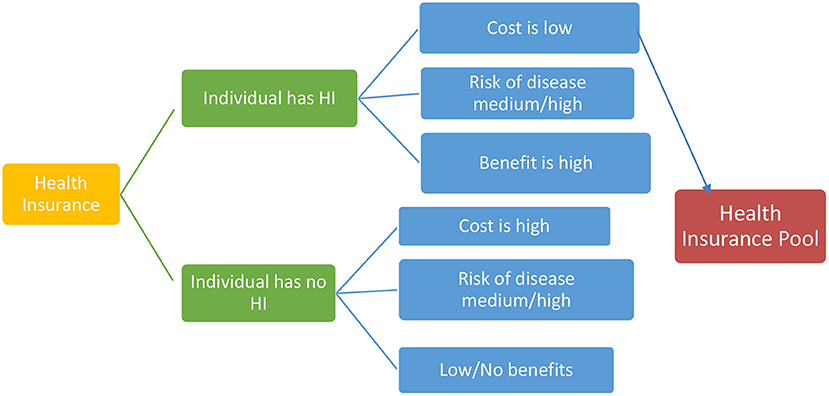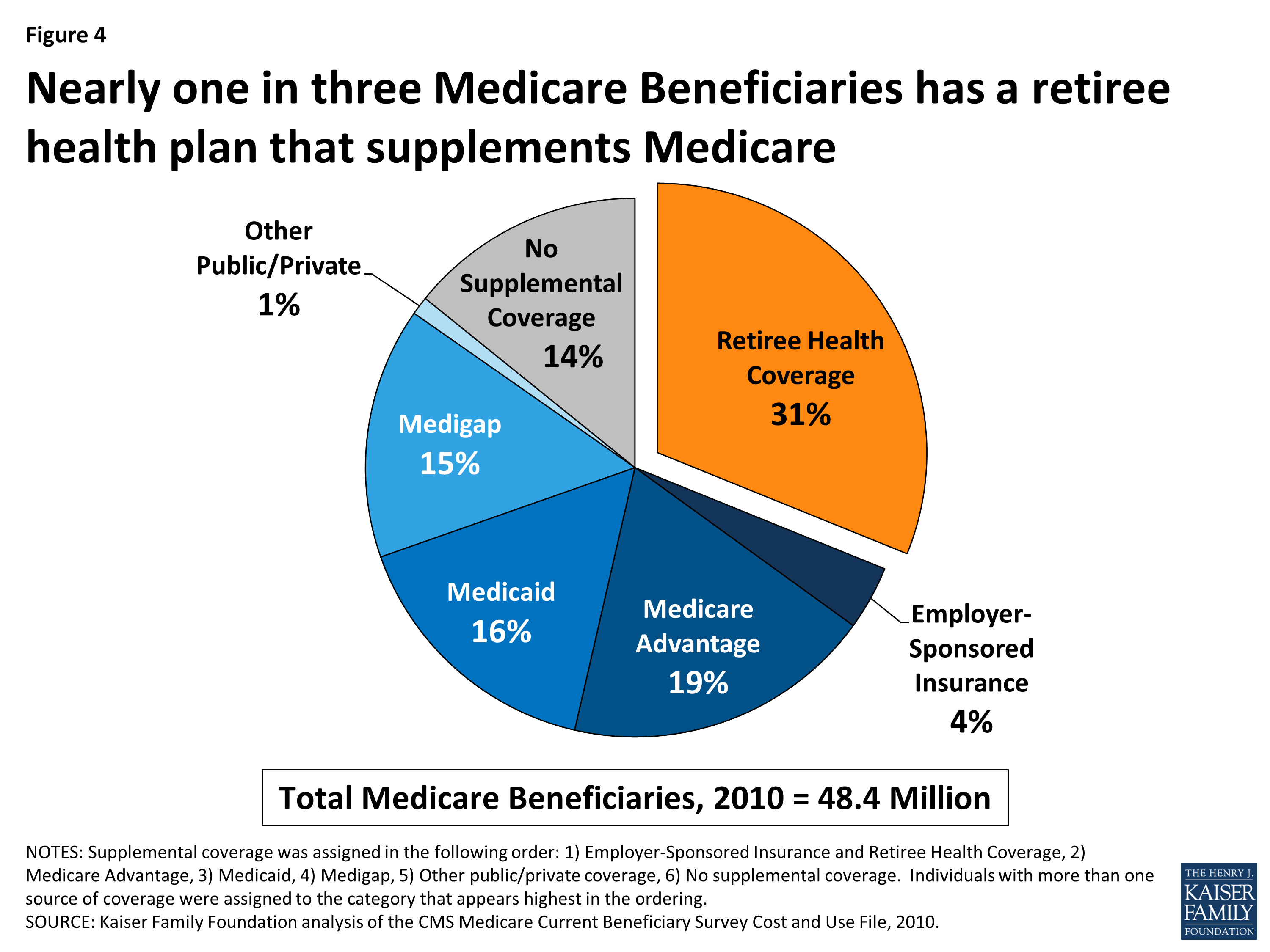Some Known Factual Statements About Medicare Advantage Agent
Some Known Factual Statements About Medicare Advantage Agent
Blog Article
Medicare Advantage Agent Fundamentals Explained
Table of ContentsSome Ideas on Medicare Advantage Agent You Should KnowExcitement About Medicare Advantage AgentUnknown Facts About Medicare Advantage Agent

adheres to from confusing the fairly young age account of the without insurance with the better health, usually, of more youthful individuals. This obscures the web link in between health status and health and wellness insurance. For those without access to office medical insurance, poor health is a possible obstacle to purchasing nongroup coverage due to the fact that such protection might be highly valued, exclude pre-existing conditions, or be just not available. The number of uninsured Americans is not especially huge and has actually not changed over the last few years. Seven out of 10 participants in a nationally representative study thought that less Americans did not have health and wellness insurance than actually do(Fronstin, 1998). Approximately fifty percent(47 percent )believed that the number of individuals without health insurance lowered or remained constant over the latter half of the last years(Blendon et al., 1999). This decrease of nearly 2 million in the number of individuals 'without insurance policy (a decrease
of about 4 percent)is certainly a positive adjustment. With a softer economic situation in 2000 the most recent reported gains in insurance policy protection may not continue(Fronstin, 2001 ). The decline in the variety of without insurance will certainly not proceed if the economy stays slow and healthcare prices remain to surpass rising cost of living. This is since the data were accumulated for a duration of solid financial performance. Of the estimated 42 million people that were uninsured, almost regarding 420,000(regarding 1 percent)were under 65 years of age, the age at which most Americans become eligible for Medicare; 32 million were adults in between ages 18 and 65, about 19 percent of all adults in this age team; and 10 million were children under 18 years of age, regarding 13.9 percent of all youngsters (Mills, 2000). These estimates of the variety of individuals without insurance are created from the yearly March Supplement to the Existing Populace Study (CPS), carried out by the Demographics Bureau. Unless otherwise kept in mind, national quotes of people without health and wellness insurance coverage and proportions of the population with different type of coverage are based upon the CPS, the most extensively used source of estimates of insurance policy coverage and uninsurance prices. These studies and the estimates they yield are explained briefly in Table B. 1 in Appendix B - Medicare Advantage Agent. These surveys differ in size and sampling techniques, the questions that are asked about insurance policy
How Medicare Advantage Agent can Save You Time, Stress, and Money.
coverage, and the time duration over which insurance policy coverage or uninsurance is determined(Lewis et al., 1998, Fronstin, 2000a ). Still, the CPS is especially useful because it creates yearly quotes reasonably quickly, reporting the previous year's insurance policy protection approximates each September, and due to the fact that it is the basis for a consistent collection of quotes for greater than 20 years, enabling evaluation of trends in insurance coverage gradually.

The Best Guide To Medicare Advantage Agent
Over a three-year duration starting early in 1993, 72 million individuals, 29 percent of the U.S. population, were without coverage for a minimum of one month. Within a solitary year(1994), 53 million individuals experienced a minimum of a month without coverage(Bennefield, 1998a). Six out of every ten uninsured adults are themselves used. Although working does boost the likelihood that a person and one's member of the family will certainly have insurance policy, it is not a warranty. Even participants of family members with 2 full-time breadwinner have practically a one-in-ten possibility of being without insurance (9.1 percent without insurance rate)(Hoffman and navigate here Pohl, 2000 ). The partnership between medical insurance and access to care is well developed, as documented later in this chapter. The connection in between health insurance policy and health end results is neither straight neither simple, a substantial medical and health and wellness services research literature web links wellness insurance coverage
to improved enhanced to care, better quality, and improved boosted individual population populace wellnessCondition For instance, the 2nd report, on personal wellness outcomes for without insurance adults, is stood for by the inner circle of the number, while the third record, on family health, encompasses the topics of the second report but stresses a various unit of analysis, particularly, the family members. The 6th record in the series will offer info concerning strategies and initiatives undertaken in your area, statewide, or nationally to resolve the absence of insurance coverage and its damaging impacts. Degrees of analysis for analyzing the impacts of uninsurance. This discussion of wellness insurance policy coverage focuses largely on the U.S. population under age 65 since basically all Americans 65 and older have Medicare or various other public protection.
It concentrates particularly on those without any kind of health insurance policy for any length of time. The troubles check my site encountered by the underinsured remain in some areas comparable to those faced by the uninsured, although they are typically less serious. Uninsurance and underinsurance, nonetheless, involve definitely various plan issues, and the methods for addressing them might differ. Throughout this research and the five records to comply with, the main focus gets on individuals without any health and wellness insurance coverage and therefore no aid in paying for healthcare past what is offered with charity and safeguard institutions. Health and wellness insurance is an effective aspect affecting receipt of care due to the fact that both people and physicians reply to the out-of-pocket cost of services. Health and wellness insurance coverage, nevertheless, is neither needed neither sufficient to access to medical services. The independent and direct result of wellness
insurance insurance policy protection access to health health and wellness is well established. Others will certainly acquire the wellness treatment they need even without wellness insurance, by spending for it out of pocket or seeking it from providers that use treatment free or at very subsidized rates. For still others, medical insurance alone does not ensure invoice of care because of other nonfinancial barriers, such as a lack of health treatment companies in their area, limited access to transportation, illiteracy, or linguistic and cultural distinctions. Formal research concerning without insurance populations in the USA dates to the late 1920s and very early see this here 1930s when the Committee on the Price of Treatment generated a collection of reports regarding funding doctor workplace sees and hospitalizations. This problem came to be prominent as the numbers of clinically indigent climbed up throughout the Great Depression. Empirical studies constantly sustain the link in between accessibility to care and enhanced health and wellness end results(Bindman et al., 1995; Starfield, 1995 ). Having a regular resource of treatment can be considered a forecaster of access, instead of a direct step of it, when health and wellness outcomes are themselves made use of as accessibility signs. This expansion of the concept of access measurement was made by the IOM Board on Monitoring Gain Access To to Personal Healthcare Services(Millman, 1993, p. Whether parents are insured appears to influence whether their children obtain care as well as just how much careeven if the children themselves have insurance coverage(Hanson, 1998). The health of parents can influence their capability to look after their youngsters and the degree of household stress and anxiety. Fretting about their kids's access to care is itself a source of tension for moms and dads. 3 chapters comply with in this report. Phase 2 gives a summary of exactly how employment-based medical insurance, public programs and specific insurance coverage operate and engage to give extensive yet insufficient protection of the U.S. populace. This consists of a review of historic trends and public laws impacting both public and personal insurance coverage, a discussion of the interactions amongst the different types of insurance policy, and an assessment of why individuals relocate from one program to another or end up

Report this page